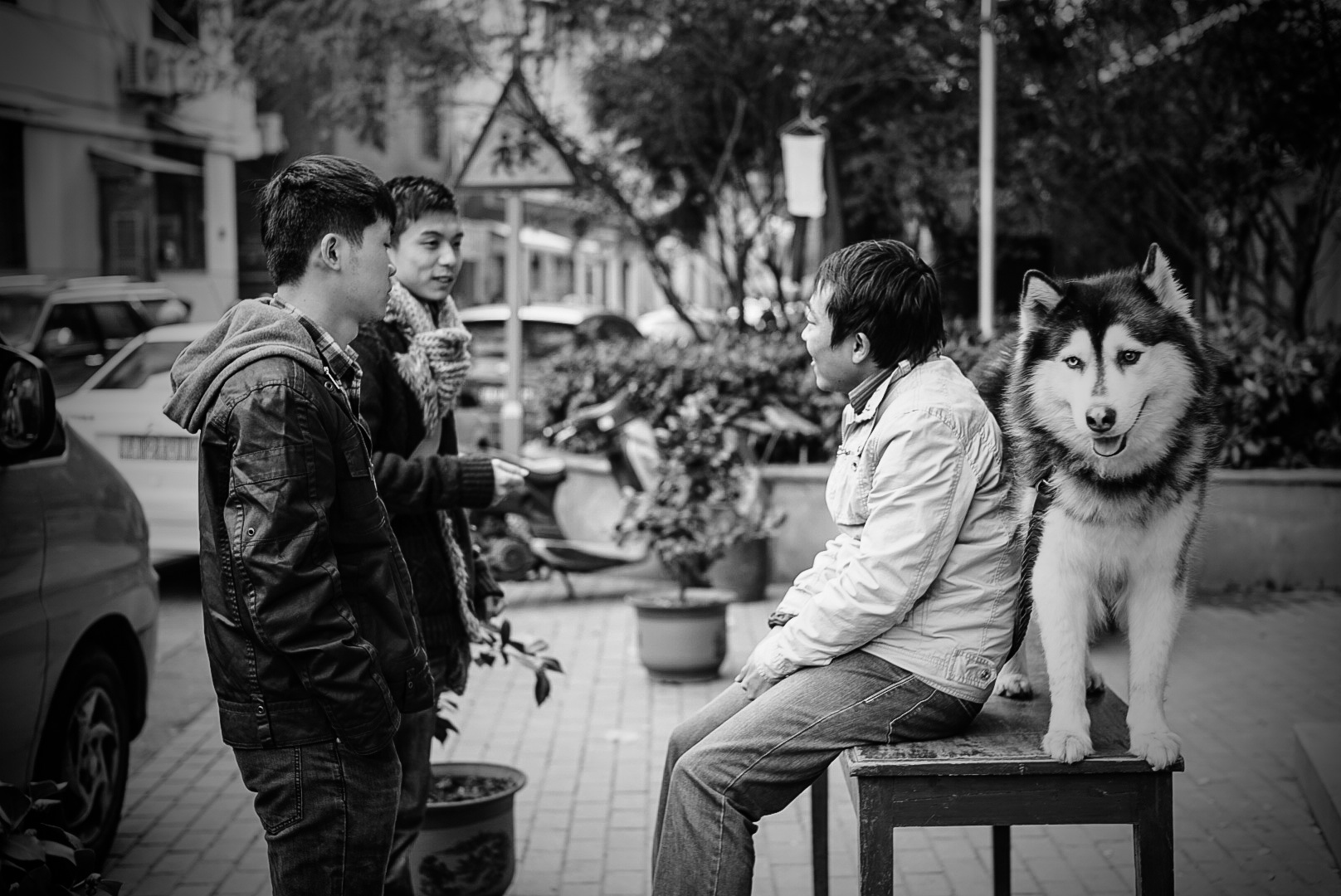The MS Optical 50mm f1.1 Sonnetar Lens is based on the classic Sonnar design by Zeiss, which was originally produced back in the 1920’s and it was famous for its beautiful rendering with high contrast.
All MS optical lenses are handcrafted by Mr. Miyazaki (宫崎), who is a modern-day genius optical engineer and lens designer. I had previous encounters with him to modify my Schneider Xenon 50mm F0.95 to M mount and he has the ability to modify almost any lens that you desire to the Leica M mount. Mr. Miyazaki created the MS-Optical 35mm f3.5 and 28mm f4 “Perar” Pancake lenses before and they are the size of a lens cap, which is absolutely amazing.
All rights Reserved©
Lens specifications:
{C}· Sonnar type construction
{C}· 5 lenses in 4 groups with multi-coated surfaces
{C}· True focal length of 51.7mm
{C}· Lenses made of glass with ultra-high refractive index
{C}· Apertures: f/1.1 to f/16
{C}· Diaphragm is “made in Germany” (14 rounded blades from the pictures)
{C}· Lens weight 190g (220g with hood and caps)
{C}· Filter size M55
{C}· Coma Manual adjuster on rear element
Optics:
· Multi-coating of 2 layers on the Tantalum Glass.
· Non-Click Stop German-made Iris, resulting smooth aperture turns.
· Circular Centre 14 blade Iris, causing soft and dreamy effects.
· Large Front element taking 55mm filter. For 55mm filter, note that it is mounted in reverse direction on the outside of lens front, then hood is screwed on the back of the filter.
Weight/Build:
· Solid built with metal lens body and feels substantial in the hands of the photographer.
· The lens is light in weight, as it weighs 190 grams alone and 220grams with the hood attached.
· Significantly smaller in comparison to other fast lenses such as the Leica Noctilux or the Canon “Dream Lens”.
Performance
· This lens has minimal or no distortion.
· “Dreamy” or soft rendering when shooting wide-open at f1.1
· It offers the Classic rendering combined with soft glows wide open which is perfect for portraiture work.
· When stopped down, the aperture past f1.4 then the sharpness increases significantly with minimal vigenetting.
All rights Reserved©
Coma Adjustment
The Coma adjustment offers with settings for 1m, 2m, 4m and infinity, in order to compensate for the aberration issues associated with the Sonnar based design. This adjustment allows the User to select the most frequent distance used to reduce spherical aberration.
The Coma adjustment basically moves the rear lens element and alters the lens focal length to minimize coma produced and to fine-tune optical focus for improved performance.
Advantages:
· Fast lens at aperture of F1.1 and yet still remain compact at the same time.
· As with all MS-Optical lenses, it is designed and assembled by only one person hence comes in limited numbers.
· Minimum focusing distance of 0.8m, which is relatively close for a rangefinder lens.
Disadvantages:
· Focus and aperture rings can easily move together and this can interfere with the shooting process.
· The soft and glowy rendering is not favorited by every photographer.
Editions:
{C}· Original Edition in Silver or Black (300 Pieces with 200 Pieces in Black and 100 Pieces in Silver)
{C}· Black Paint Gold Letter Limited Edition (200 Pieces approx.)
{C}· Special Edition with the UV filter labelled “Made in Japan for HK” (100 Pieces approx.)
{C}· Screw Mount LTM Edition (Limited 50 Pieces)
Box Package includes:
- MS-Optical Sonnetar 50mm F/1.1 Chrome Screw Mount LTM Limited Edition (50 Pieces)
- Original Metal Front & Rear cap
- Original Metal Hood
- Original Box Packing & Hand-scripted Certificate with matching serial number with the lens.
MS Optical 50mm f1.1 Sonnetar vs Voigtlander 50mm f1.1 Nokton
· Both lenses are similarly priced when the Sonnetar was first released at just over USD$1,000. However, the MS Optical 50mm f1.1 lens has increased to around USD$1,500 at present. Please note that the prices vary relative to the edition of the lens.
· The MS Optical 50mm f1.1 lens is very small and light in comparison to the Voigtlander lens. It only weighs about half of the weight of the Voigtlander 50mm f1.1 lens (434 grams).
· The rendering of both lenses are different, whereas the MS optical 50mm f1.1 Sonnetar offers more in terms of character in a relatively compact body.
All rights Reserved©
This lens is for someone who wants a unique lens that stands out from other 50mm lenses and prefers the soft & glowy rendering generated when shooting wide open. The rendering of this lens makes it perfect for portraiture work and allows the photographer to create something that is both beautiful and unique.
All rights Reserved©
All rights Reserved©
All rights Reserved©
All rights Reserved©





















